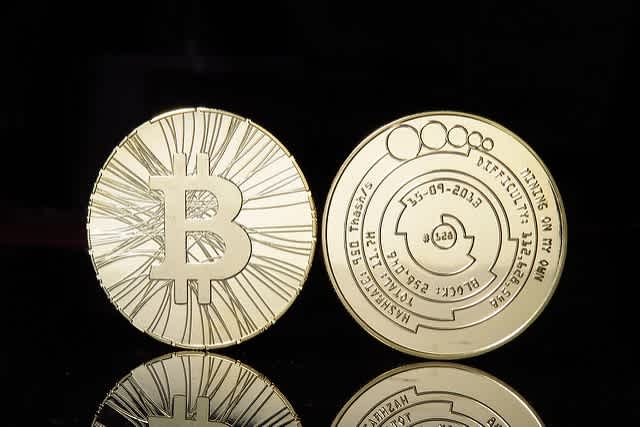The new found love and intrigued interest in Bitcoins and Blockchains and recognising them as potential disruptors in the financial sector is certainly encouraging. At least‚ it lets us know that this industry does not take innovations at face value‚ unless and until the technology proves its mettle.
Recent developments across countries to develop this technology include‚ Sweden’s land registry‚ which is proposing to use blockchain and the European parliament‚ which is favouring a blockchain regulation.
This sudden spiked interest in this technology certainly raises the question‚ What is this technology all about and how does it function and why has the affection from this industry merged so late? So let’s get to these questions one by one. Let us first define those terms for reading benefit.
For explaining the terms let me resort to a simple example – Imagine a transaction between two people. Person A and person B‚ where one gives a tangible commodity to the other. Let’s for argument’s sake say – that the commodity is an orange.
The commodity is physically transferred from A to B‚ meaning‚ B can touch it‚ feel it and do whatever he/she wants to do with the orange. A‚ no more possess the orange and hence the simple transaction took place without a middleman or an agent.
What if we said‚ that the same operation can be done in a digital mode by creating a digital orange. This digital orange can be transferred from A to B and each time a transfer of ownership takes place it’s recorded in a ledger through a journal entry.
So‚ if B wanted to send the orange to C‚ then he/she can update the entry in the ledger and pass on the digital orange to C. Thus in this way all the digital oranges are tracked through a ledger which basically records all the transactions.
Bitcoin and blockchain technology are somewhat similar. Taking the above analogy‚ a digital orange‚ would be an equivalent of a bitcoin and the ledger capturing the transfer of these digital oranges‚ would be a blockchain.
In other words‚ blockchain is simply a record of journal entries in an electronic ledger. These entries pertaining to financial transactions is organised through data batches called blocks‚ which are encrypted.
Each data block recognises and identifies the previous block through a hash function1 and thus forming an unbroken link and christening the name for the technology – ‘blockchain’. In layman’s terms this technology is a communal ledger not owned by anyone and is distributed across multiple computers and hence firms‚ entities‚ individuals anyone can maintain a copy of the same which keeps track of the history of transactions.
Transactions are independent and anyone having access to the ledger can view the historical entries. But the most important feature of this is that nobody can tamper the entries in the ledger at all. This certainly promotes transparency‚ independence and leads to the creation of a perpetual ledger‚ which exists across multiple places. This ledger is shared by a wider community‚ securing financial data and assisting in mitigating financial crises and global market meltdowns.
1A hash function is any function that can be used to map data of arbitrary size to data of fixed size. The values returned by a hash function are called hash values‚ hash codes‚ digests‚ or simply hashes.





